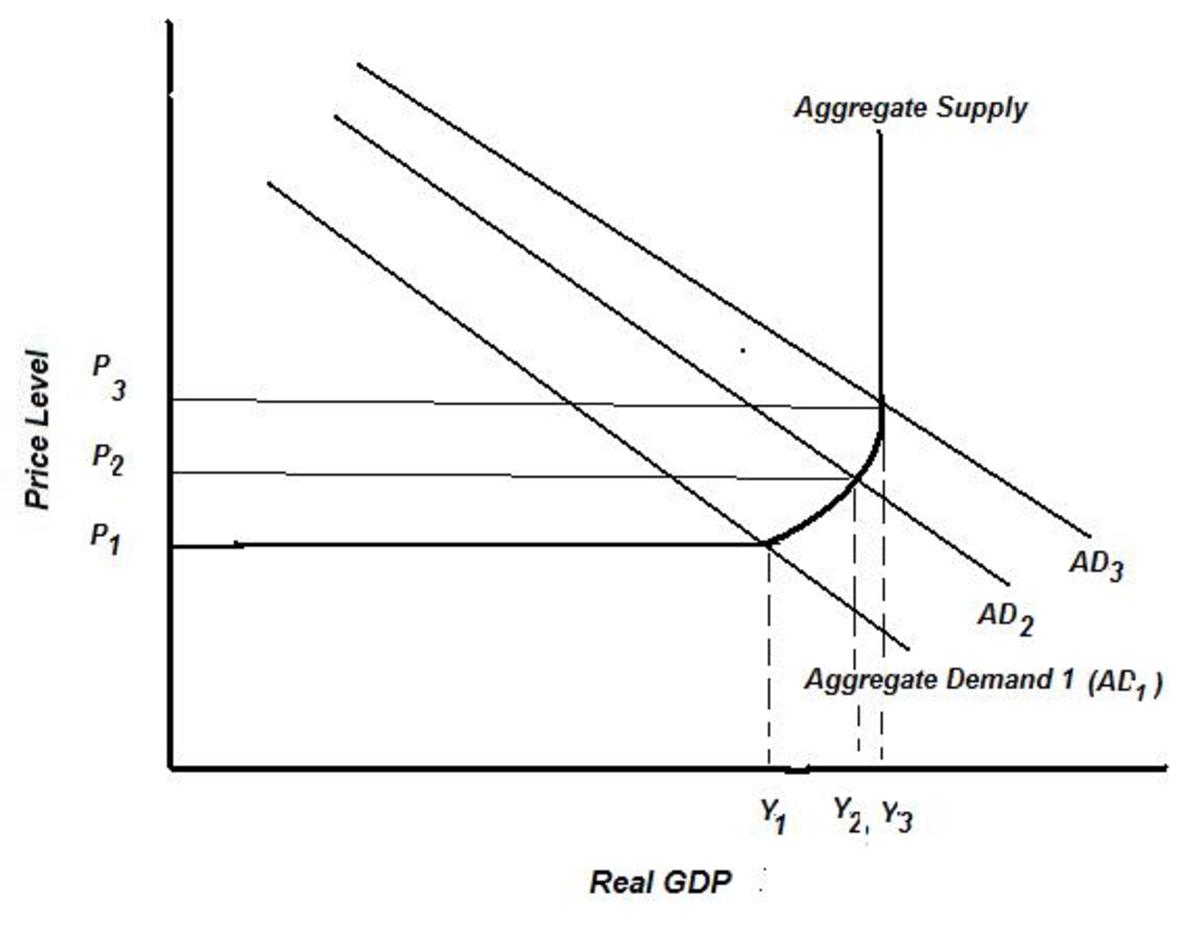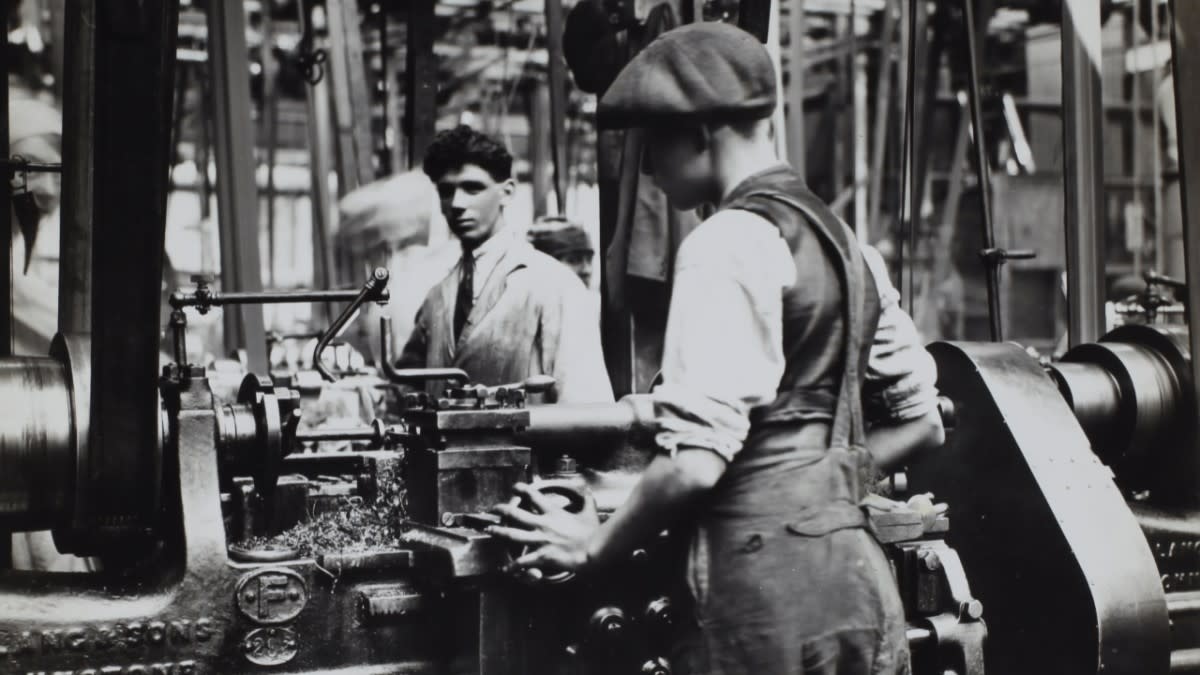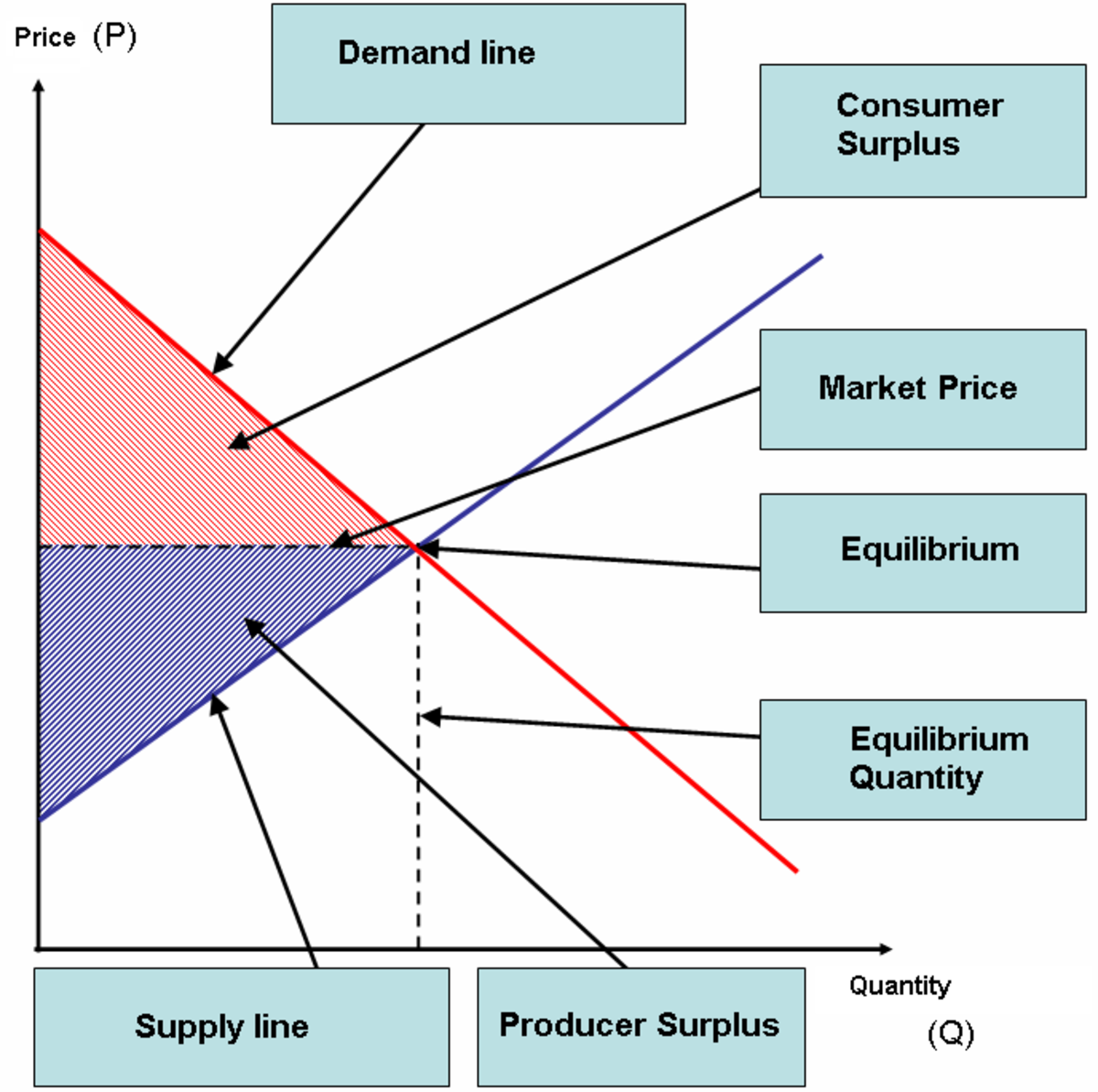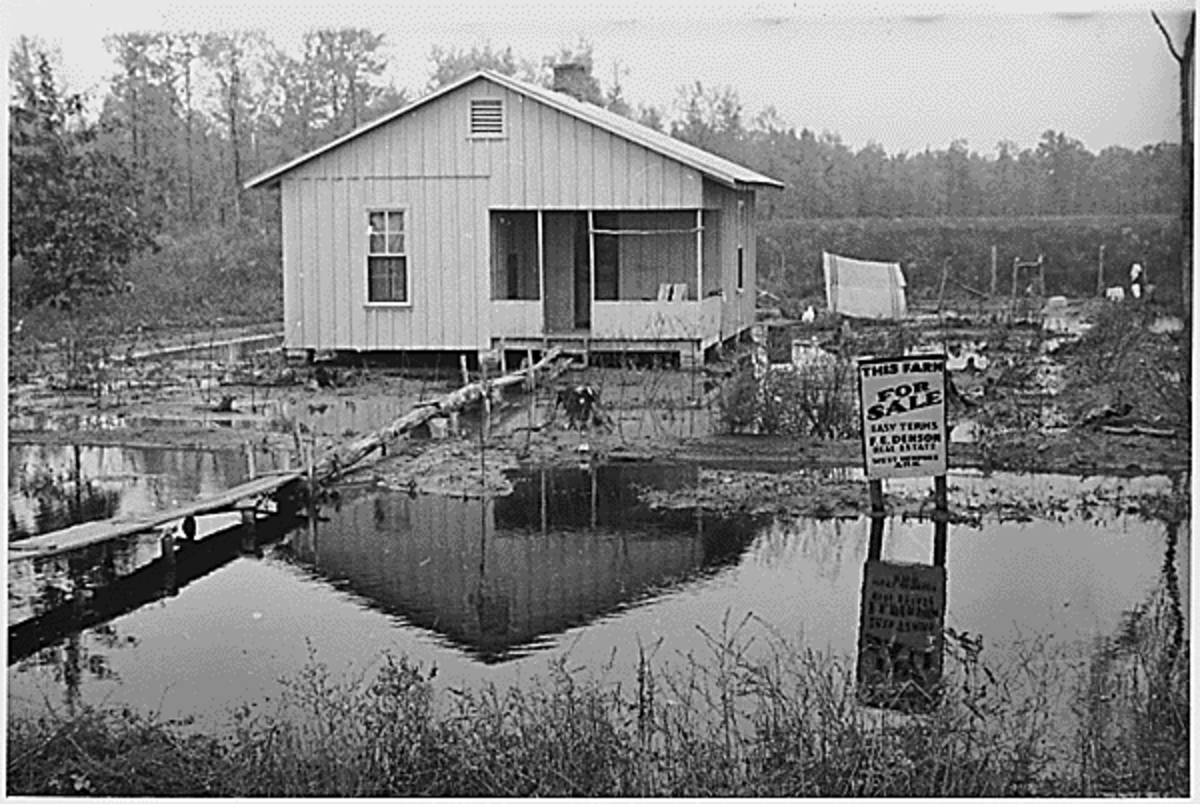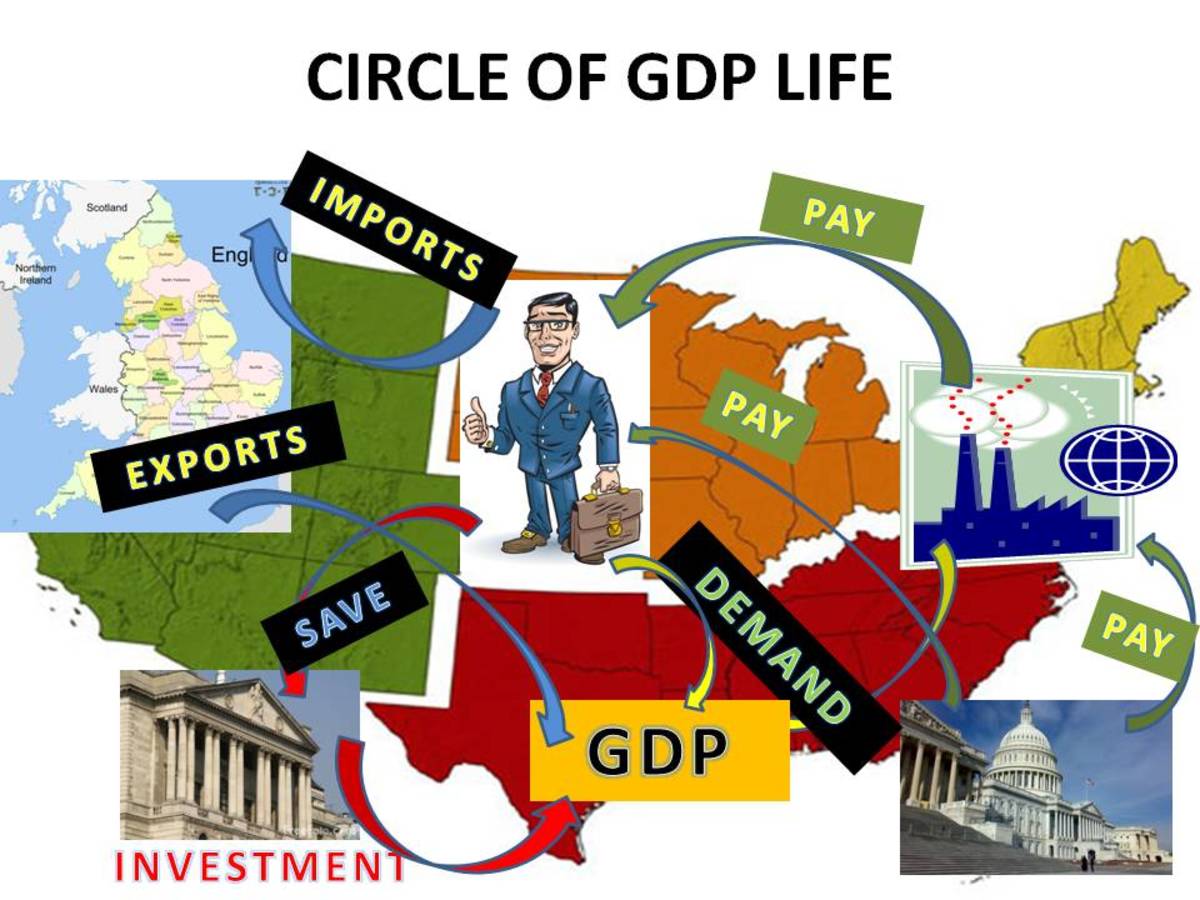Economic Benefits Of The New Deal
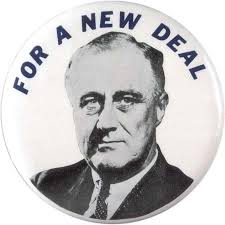
The New Deal was a plan hatched by the new President FTR in response to the widening depression in America. With almost a quarter of the work force unemployed, he knew that jobs must be created to get the economy moving again. With so many people out of jobs, the consumer based market did not have enough money flow to buy all of the mass production, so many factory workers were laid off. With the laid off workers purchasing power gone, there was less demand for goods and the process was repeated.
FDR’s ideas were to get Americans working and believing in the system again. Money was not insured back then, so when a bank flopped, all the depositor’s money was gone with it. He tried to gain consumer confidence in the banks once more, so he closed them down and bailed out many that were making sound business practices. He also started to insure depositor’s money up to 2500 dollars to get more people to put their money back in the banks. This gave the banks the opportunity to stop restricting loans and get the economy rolling and more money in the capitalist flow.
Many jobs were created by the president in multiple sectors, but more importantly, infrastructure was improved with was badly needed in the cities with the 1920’s influx to big cities. Jobs ranged from roads and utilities, to preservations like dams and reforestation. This was believed to be better than hand-outs because the men would keep their dignity and pride in the face of the failed economy.
He tried to help farmers by subsidizing their income if they agreed to limit production, to help drive the rates back up to a livable income for them. Although it helped some of the bigger more commercialized farmers, smaller farmers could not match production and were eligible for subsidizing money. Many of the share croppers were dismissed from work as the acreage they were working was decommissioned in lieu of the government’s money, putting many of the most vulnerable farmers out of work.
He once again tried to impose the ideas of the progressive era, allowing the reorganization of unions. President Roosevelt also suspended anti-trust laws and tried to establish livable wages. Big business at this point had made monopolies of many industries and the President was attempted to get prices back down to more affordable levels, instead of the small few who ran the industry forcing prices up. Big business had grown used to the deregulation of the 1920’s however, and they fought all changes that affected their bottom line.


